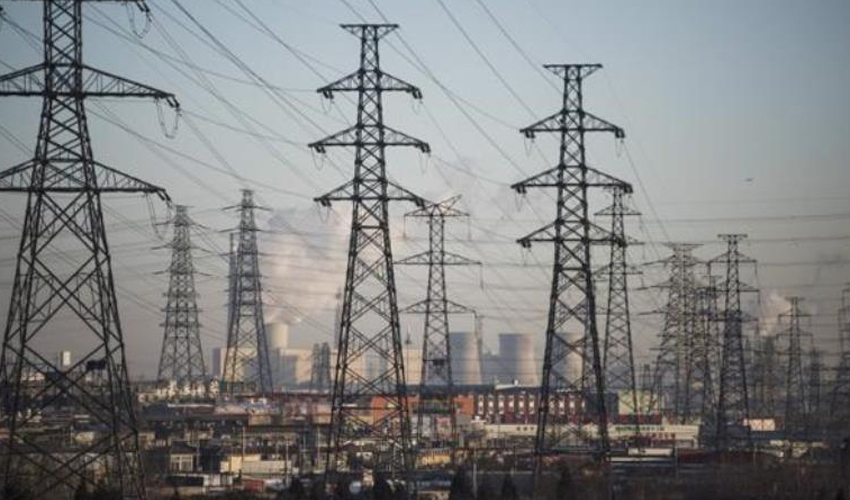This plan has been presented to the International Monetary Fund (IMF), but it has not yet received approval. The IMF has requested additional details before making a decision.
According to the plan, both federal and provincial governments will need to secure a total of Rs2,800 billion in funding. The federal government will contribute Rs1,400 billion through a combination of budget reductions, withdrawal of some subsidies, commercial loans, and dividends from state-owned enterprises.
READ MORE: Air Link to Launch Xiaomi Smart TV Production in Lahore Next Month
The remaining Rs1,400 billion is expected to come partly from the funds allocated to provinces under the National Finance Commission (NFC). However, the Khyber Pakhtunkhwa government has refused to contribute its share from the NFC allocation, and responses from other provinces are still pending.
The funds will be used to close down inefficient power plants and renegotiate or terminate contracts with Independent Power Producers (IPPs).
Currently, electricity prices in Pakistan are at a record high, with rates reaching up to Rs70 per unit. The federal government has provided temporary relief, reducing the cost by up to 51% for consumers using up to 200 units, but this relief will end in October when consumers will be required to pay the full price.
The average electricity price per unit is Rs44, which the government aims to lower to Rs38, contingent upon IMF approval.
Consumers using 301 to 700 units pay Rs58 per unit, including various taxes, while those consuming more than 700 units are charged Rs64 per unit. Commercial users face a rate of Rs76 per unit.



